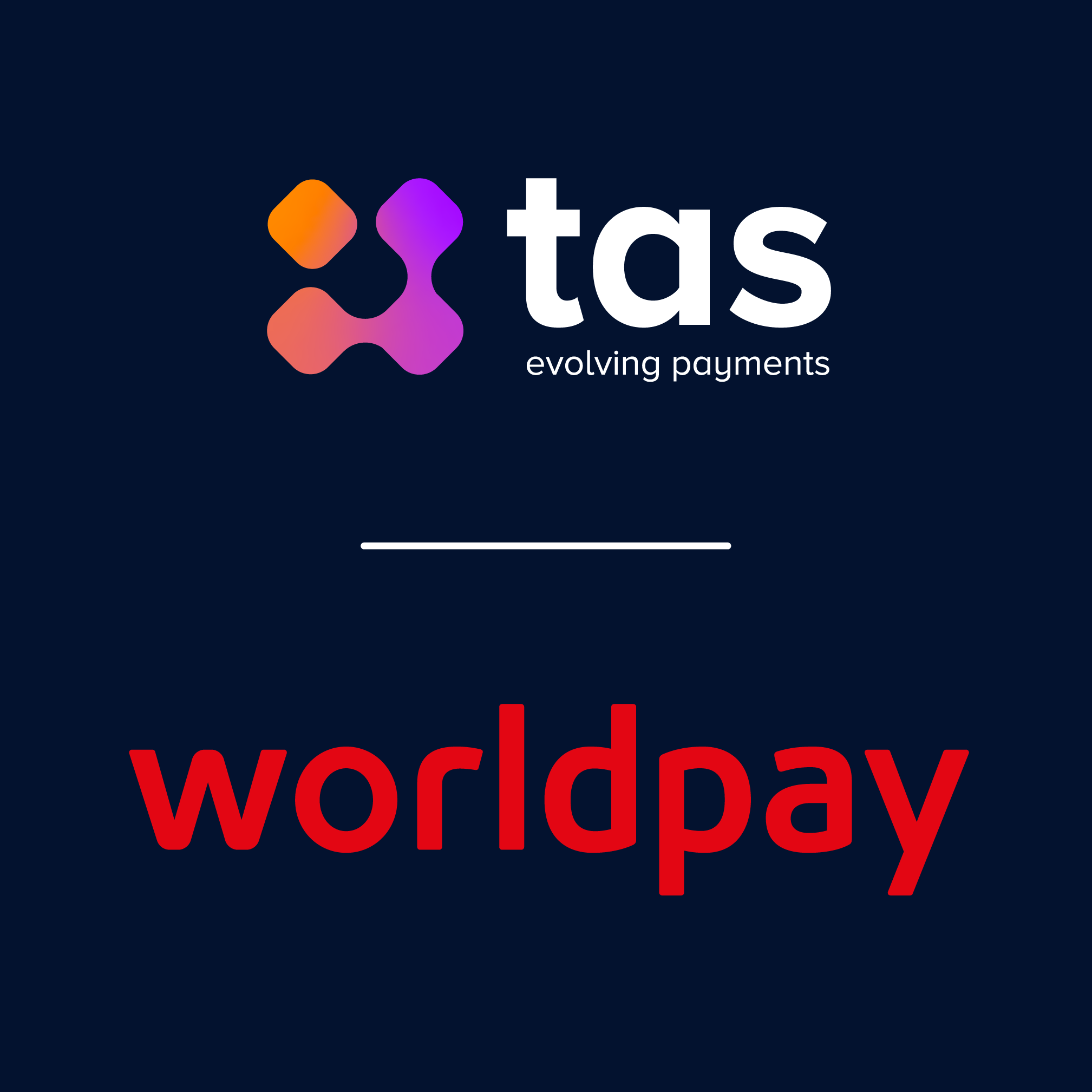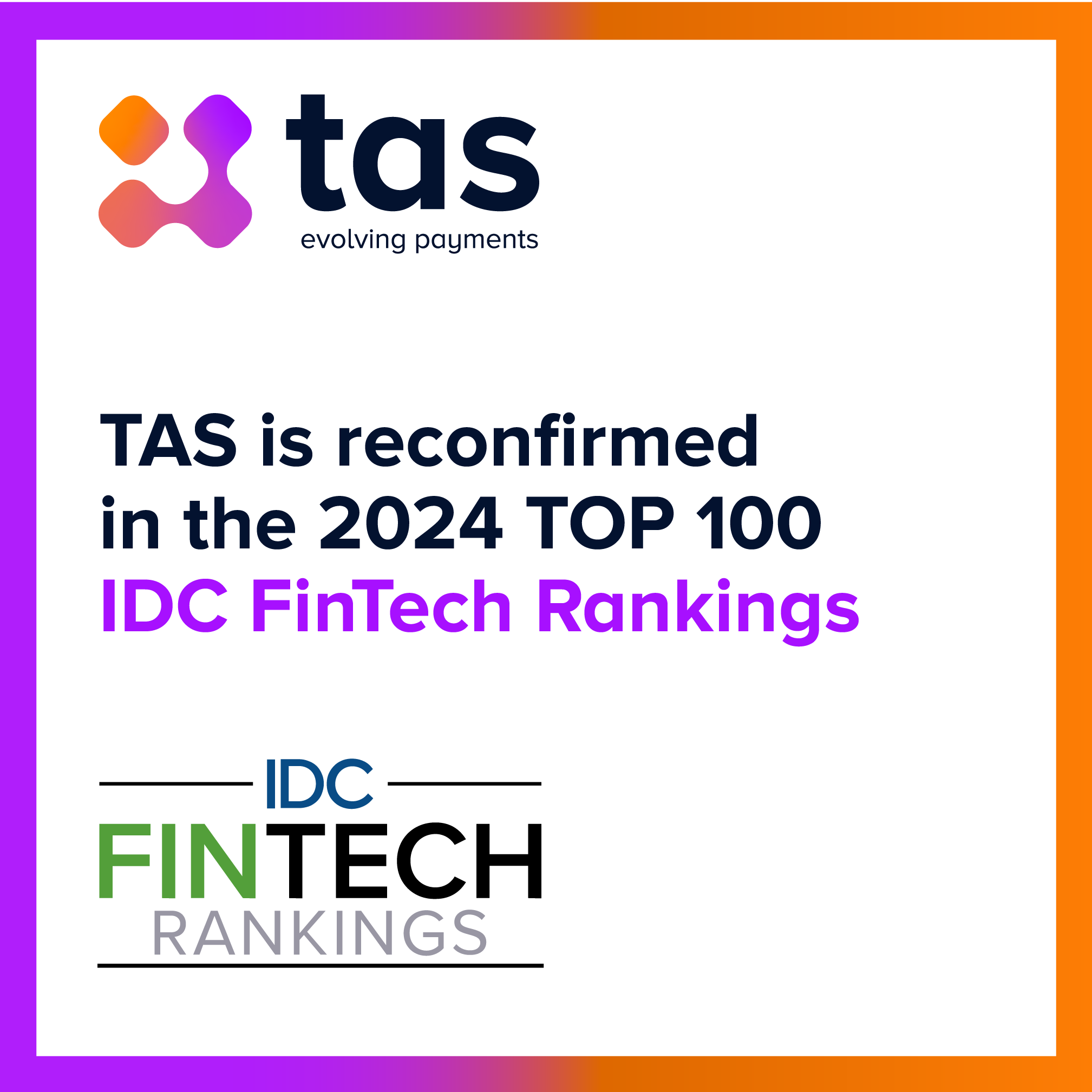Embedded Insurance: The Future of Seamless Protection for Consumers
Embedded finance is revolutionizing the financial industry, and one of its most significant components is embedded insurance. But what exactly is embedded insurance? How does it work, and why should you care? In this article, we will explore the ins and outs of embedded insurance, from its definition to its benefits and use cases. Whether you’re a fintech entrepreneur or a curious consumer, read on to discover how embedded insurance fits into the larger picture of open finance, PSD2, BaaS (Banking as a Service), and more.
What is embedded insurance
Embedded finance is a relatively new concept that refers to the integration of financial services into non-financial products or services. In other words, it means embedding financial functionalities within other applications and platforms, such as e-commerce websites, social media apps, or even cars. As a result, companies are able to offer their customers more convenient access to a range of financial products and services.
One of the most promising areas where embedded finance has been gaining traction is insurance.
Embedded insurance works by integrating insurance policies into products or services that are not primarily focused on providing insurance. This allows consumers to subscribe insurance policies directly through third-party platforms as part of their purchase journey on an e-commerce website or via their bank account without having to visit an insurer’s website or office physically.
By integrating these two industries together we have facilitated better options for people who need financial security but don’t want any hassle with extra paperwork and applications.
Embedded insurances are available across various industries such as travel, automotive, healthcare and more. For example, when purchasing travel tickets online, it may be possible for customers to add travel insurance coverage at checkout.
Benefits of Embedded Insurance
This innovation provides several advantages for both customers and insurers/business.
From customers’ point of view one of the key benefits is convenience. With traditional insurance, customers have to go through a lengthy process of signing up for policies, submitting claims, and waiting for reimbursements. Embedded insurance simplifies this process by integrating it into existing products and services. Customers can buy an insurance policy with just a few clicks on their digital devices instead of filling out lengthy forms and waiting for approval. This means fewer steps for customers, leading to an increase in conversion rates.
Another benefit is cost-effectiveness. Because embedded insurance is integrated into other products and services, it does not require separate marketing efforts or distribution channels. This can result in lower costs for both insurers and customers and a better customer loyalty. By offering embedded insurance, companies can provide added value to their customers without requiring them to seek out third-party providers. This makes it more likely that they will continue using the company’s products or services in the future.
Embedded insurance creates a more seamless customer experience by providing a one-stop-shop for all financial needs. Customers can manage their finances and protect themselves at the same time, making it easier for them to stay on top of their finances. For example, when purchasing a car or booking travel online, customers can easily add on relevant insurance coverage without having to navigate through separate websites or applications.
For insurers, embedded insurance opens up new revenue streams by tapping into previously untapped customer bases that may have never considered purchasing standalone policies before. Moreover, integrated data analytics mean that companies can collect more information about their clients’ behavior patterns to offer personalized coverage options.
Businesses benefit from embedded insurance by being able to offer additional value-add services that differentiate them from competitors. By offering embedded insurance products or partnering with insurers who do so, companies can improve customer loyalty while increasing revenue streams.
In short, the benefits of embedded insurance extend far beyond convenience – it provides better user experiences; increases customer satisfaction; drives new revenue streams for businesses while reducing exposure risks.
The key aspect of embedded insurance is to anticipate customer needs at the right time by shortening the traditional steps of the customer journey. In this way, we move from a planned purchase model to an impulse one in which consumers do not research and compare the different options available on the market: the goal is to acquire customers before the main transaction (i.e. purchase of a flight ticket) is completed.
Embedded insurance is shaping the future of finance positively. As more industries embrace open finance concepts like BaaS (Banking as a Service), we can expect these integrations to become even more prevalent in our daily lives soon.
Problems and Opportunities related to Embedded Insurance
As with any emerging technology or trend, embedded insurance comes with both challenges and opportunities.
One of the main problems is regulatory compliance. As embedded insurance operates within the framework of PSD2, businesses must navigate a complex set of regulations to ensure they are compliant. This can be time-consuming and costly.
Another problem is customer awareness. Many consumers may not understand what embedded insurance is or how it works, which could make them hesitant to use it. Businesses need to educate their customers about the benefits of this type of insurance so that they feel confident in using it.
However, as with any challenge, there are also opportunities for growth and innovation. With the rise of Baas (Banking-as-a-Service) platforms and Open Finance initiatives, businesses have more access than ever before to integrate new financial services into their products such as loans or payments while offering comprehensive protection through embedding an insurance product like travel medical coverage right where users need it most – during a transaction itself.
Furthermore, through utilizing data analytics technologies combined with IoT devices installed in cars or homes for example, insurers can offer personalized policies based on individual needs instead of blanket coverage plans – thus creating a competitive advantage over traditional insurers who rely solely on manual underwriting processes.
Navigating these challenges will ultimately lead to new innovations that bring greater value to both businesses and consumers alike in today’s fast-paced digital world.
Use cases of Embedded Insurance
The rise of embedded insurance has opened doors to various use cases across industries, providing businesses with innovative ways to monetize and enhance their offerings. One such example is within the travel sector, where booking platforms can now seamlessly offer tailored travel insurance products alongside flight or hotel reservations. Airlines offer travelers coverage for flight delays, cancellations, lost luggage, and other related incidents through an add-on feature during booking or check-in processes, without any additional steps required from you as a customer. By integrating these services directly into the customer journey, clients benefit from a more streamlined experience while companies tap into new revenue streams through commissions earned from selling these integrated policies.
In addition to travel, the automotive industry stands to gain significantly from embedded insurance solutions. As car manufacturers increasingly incorporate advanced technology in their vehicles, offering customized auto insurance policies based on data collected by sensors could provide accurate risk assessment and pricing for customers. This personalized approach offers potential savings for responsible drivers while encouraging safer driving habits overall.
Similarly, within the realm of e-commerce and retail, embedding warranty or protection plans during product checkout can lead to increased conversion rates and added value for customers seeking peace of mind when making purchases online. By simplifying this process through seamless integration with existing point-of-sale systems, merchants create an opportunity for upselling without disrupting the customer experience.
Emerging digital health platforms have shown great promise in leveraging embedded insurance as a way to expand access to healthcare coverage among users globally. With telemedicine growing rapidly worldwide due in part to recent global events – there lies vast potential in offering relevant medical malpractice or cyber liability coverage options directly within these digital platforms themselves.
It’s evident that industries as diverse as finance (BaaS), transportation (PSD2) and healthcare are all incorporating embedded finance—particularly open finance—to maximize opportunities offered by innovations like PSD2 towards delivering greater value-add propositions around essential services such as banking-as-a-service (BaaS) and beyond.
Embedding insurance offers an array of practical applications that companies can integrate into their business models seamlessly. By doing so they provide more value-added services to customers while also reducing administrative overheads associated with traditional insurances schemes.
Conclusion
Embedded insurance is a game-changer for both the insurance and financial industries. It has the potential to revolutionize how people access and use different financial services while providing more convenience, cost-effectiveness, and personalized experiences.
With PSD2 and BaaS opening up opportunities for new entrants in the market, embedded finance will continue to be an exciting area of growth. And as embedded insurance becomes increasingly popular among consumers, we can expect more partnerships between banks, insurers, fintechs, retailers and other players in the ecosystem that offers various services under one roof.
While there are still challenges that need to be addressed such as data privacy issues or regulatory barriers when it comes to offering cross-border solutions. The future looks bright for this emerging trend with many companies exploring ways they can leverage their existing platforms to offer embedded insurance products.
As technology continues evolving rapidly within both industries – we can only imagine where this innovation may take us next.
TAS Global Payment Platform for the Embedded Finance
Several financial institutions choose the TAS Global Payment Platform (GPP) to provide a better payment experience and enable faster time-to-market. The GPP platform is suited to any ecosystem operator between banks, technology providers, and distributors of financial products to guarantee a great and seamless customer experience. We work with businesses in digital banking, BNPL, insurance, travel and payments thanks to a highly configurable platform with open APIs.
Our embedded finance offering comes with scalable and reliable micro-services, flexible workflow configurations and a centralized custom overview that permits companies higher dynamicity.
Contact us to discover how we can help you leverage embedded finance for your use case




